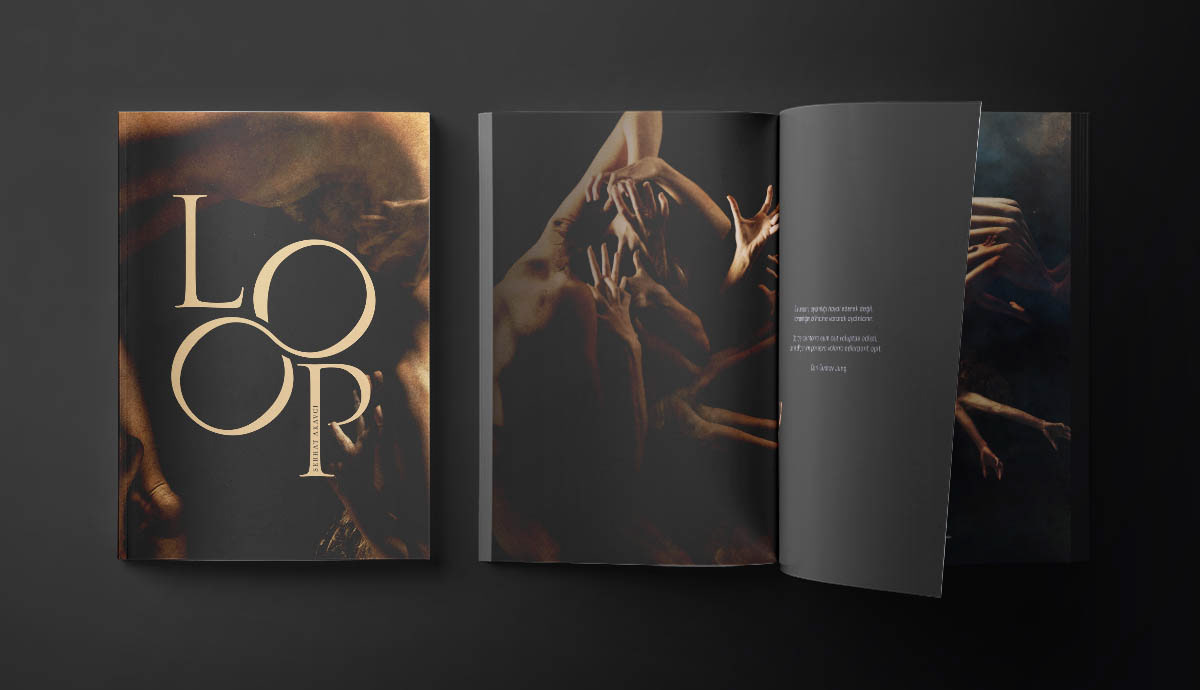“Bir insan aydınlığı hayal ederek değil, karanlığın bilincine vararak aydınlanır”
“One does not become enlightened by imagining the light, but by making the darkness conscious.” Carl Gustav Jung
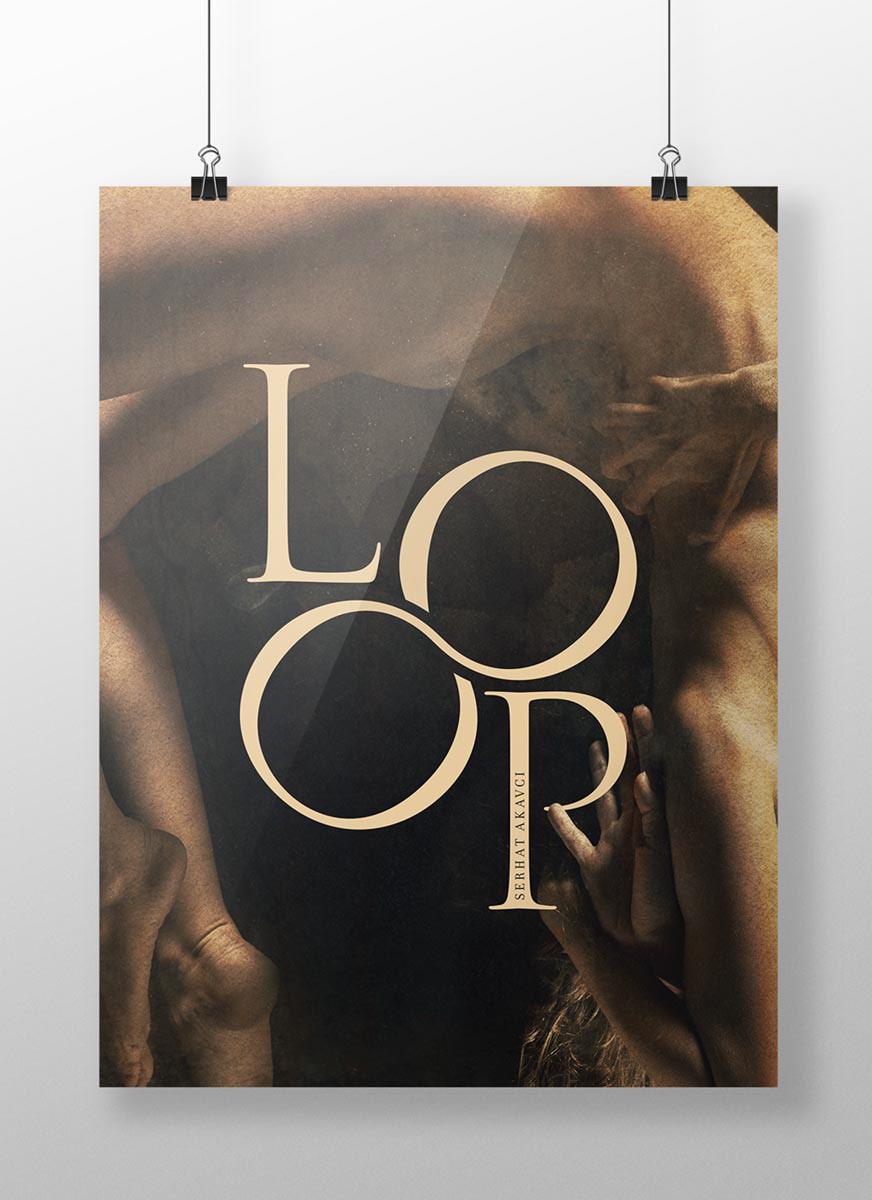
Loop Poster
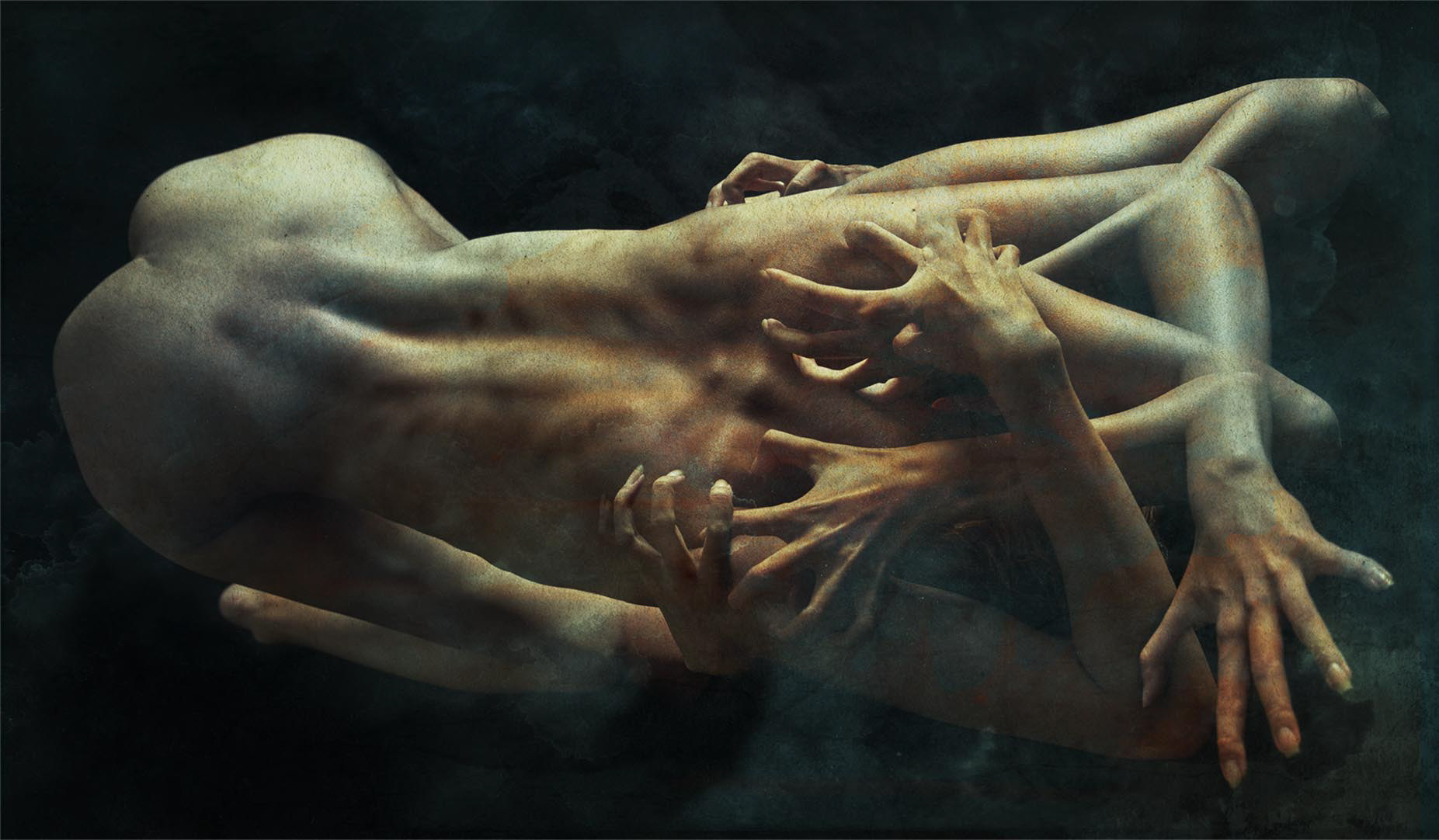
| LP045 | Photo based digital manipulation | Archival pigment print - Diasec | Edition 1 + 1 AP | 2022 |
C. G. Jung “Ruh, İnsan, Sanat, Edebiyat” kitabında modern tıbbın kurucusu Paracelsus’un öğretisine yer verir. “Paracelsus, Limbus bir dairedir, canlı dünya büyük bir dairedir, insan ‘Limbus minör’ yani küçük dairedir. Mikrokozmozdur. Dolayısıyla dışarıda olan her şey içerde, yukarıda olan her şey aşağıdadır” demektedir. Evren gibi insanında gözlemlenebilen, dış dünyaya kabullenilmek ve dışlanmamak adına sunduğu bir dış gerçekliği yani personası ve çoğu zaman ilişki halinde olduğu insanların hatta kendisinin bile fark edemediği ya da görmek istemediği bir iç gerçekliği karanlık yanı veya Jung’un ifade ettiği gibi gölge benliği vardır. Aslında gölge olarak adlandırdığımız şey bizim gündelik bilinç olarak tanımladığımız şeyle üzerini örttüğümüz geride kalan tüm bilinçaltı (bilindışı) öğelerin, yani bastırılmış olan her şeyin bir yansımasıdır.
İnsan bu sonsuz ve parçası olduğu evren içinde deneyimleri ile şekillenir. Doğduğu aile, coğrafya, toplumsal ve sosyo-kültürel yapı, ilişki halinde olduğu her şey ve genetik miras kişinin ‘ben’ini şekillendirir. Bununla beraber ‘ben’ de çevresini biçimlendirir. Kosmos da her şey birbiriyle ilişkilenme kapasitesiyle kuşatılmıştır. Her varlık birbirini deneyimlemeye açıktır.
C. G. Jung, in his book “Spirit in Man, Art, and Literature”, includes the doctrine of Paracelsus, the founder of modern medicine. Paracelsus, “Limbus is a circle. The animate world is the larger circle, man is the ‘Limbus minor,’ the smaller circle. He is the microcosm. Consequently, everything without is within, everything above is below” says. Like the universe, man has an observable external reality, namely his persona, that he presents to the outside world in order to be accepted and not excluded, and an inner reality that most of the people he is in contact with, even he himself, does not realize or does not want to see, a dark side or a shadow self as Jung stated. In fact, what we call the shadow is a reflection of all the subconscious (unconscious) elements left behind, i.e. everything repressed, that we cover with what we define as everyday consciousness.
Man is shaped by his experiences in this infinite universe of which he is a part. The family, geography, social and socio-cultural structure, everything he is in contact with, and genetic heritage shape the 'I' of a person. However, the 'I' also shapes its environment. Everything in the cosmos has the capacity to be interrelated. Every being is open to experiencing each other.
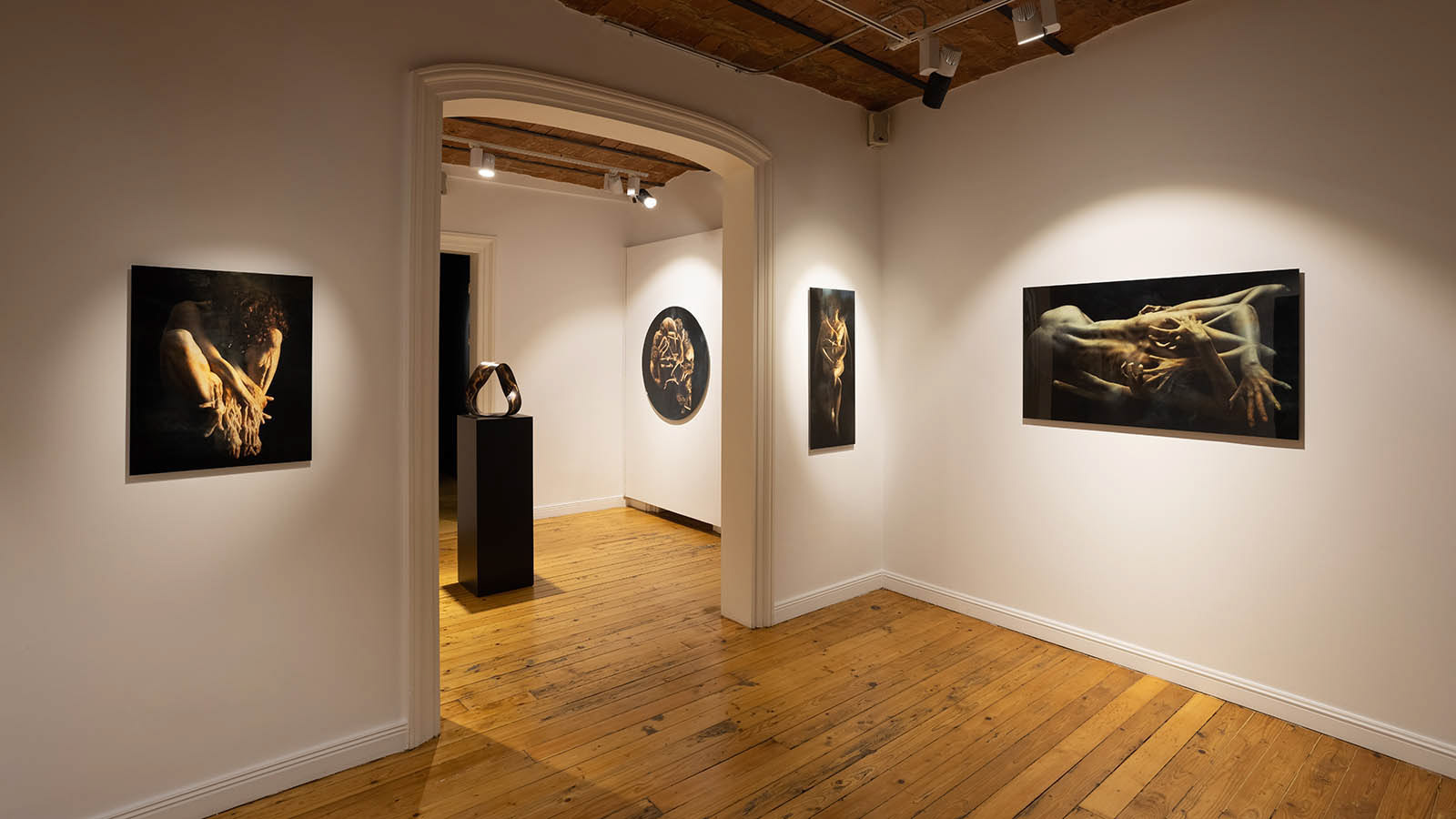
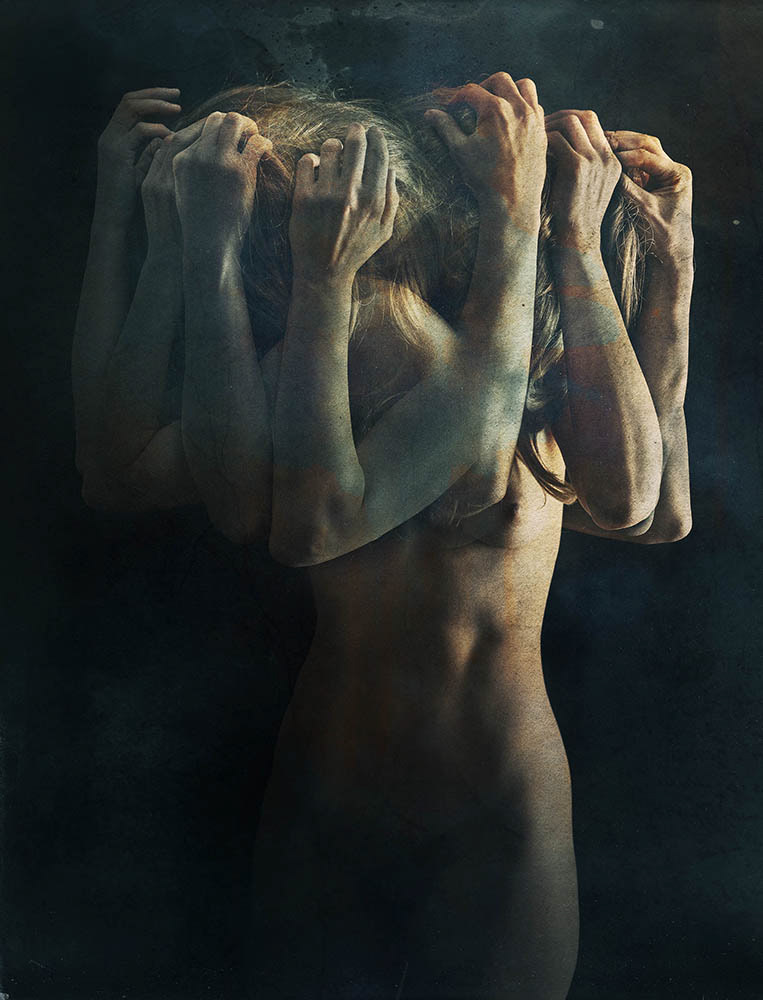
| LP009 | Photo based digital manipulation | Archival pigment print - Diasec | Edition 1 + 1 AP | 2022 |
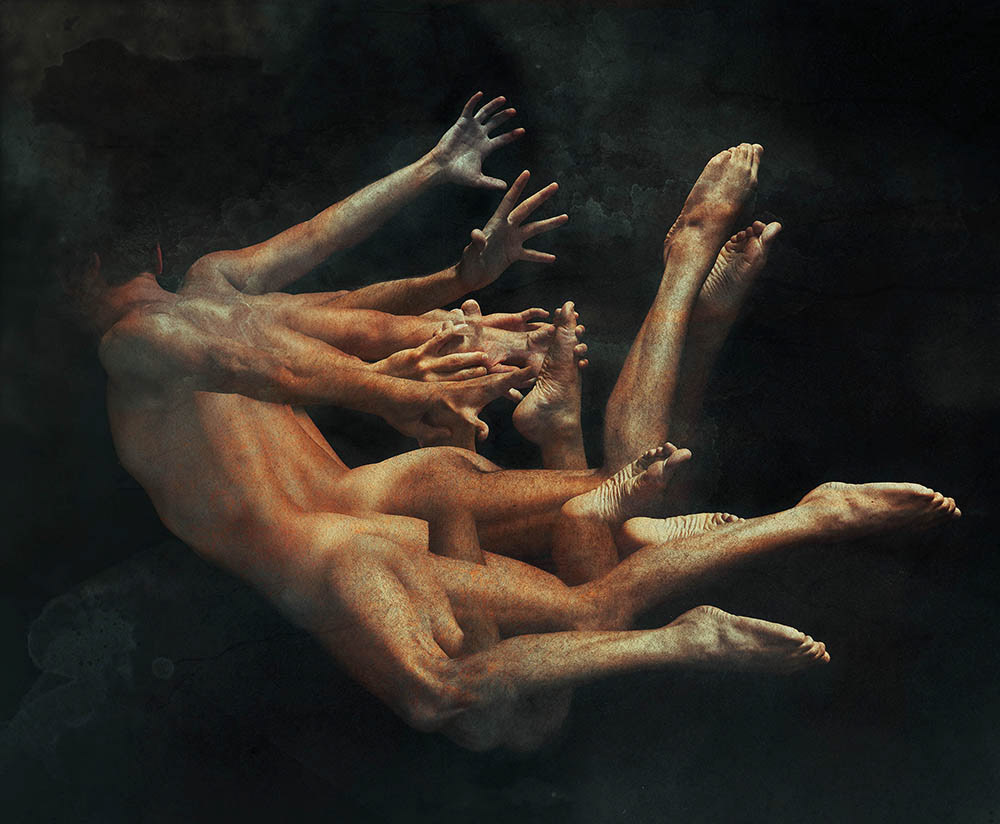
| LP032 | Photo based digital manipulation | Archival pigment print - Diasec | Edition 1 + 1 AP | 2022 |
Loop sergisi, açıklık içinde varoluşunu sürdüren bireyin, karanlık yönüyle yüzleşmesine, uyumlanmasına, hayatının belli bir döneminde yaşadığı bireysel ya da toplumsal travmatik olguların yıkıcı etkisiyle mücadelesine ve bu olguların döngüsel yapısına odaklanmaktadır. Farkındalık şifalanma süreci için yeterli mi? Bu döngüyü kırmak mümkün mü? Bedensel çıplaklığı aşmak mı, zihinsel çıplaklığa ulaşmak mı, daha zor? Bizi kişisel deneyimlerimizi, sırlarımızı paylaşmaya iten motivasyon nedir? Kişi hangi koşul ve şartlarda merkeziliğinden çıkar? Kişisel deneyimin başka birine aktarımındaki sınırlar nelerdir? gibi sorular Serhat Akavcı’nın üretim sürecini şekillendirmektedir.
Tıpkı bedensel rahatsızlıklarımızın habercisi ağrı, ateş, vb. semptomlar gibi kronik mutsuzluğu, huzursuzluğu erteleyip, baskılamak, gölge benliğimizi görmezden gelmek çoğu zaman kaçınılmaz olan daha büyük sıkıntıları temellendirir. Jung’un “…İnsan kendi gölgesiyle yüzleşip hesaplaşmayı öğrenirse dünya için gerçek bir şey yapmış olur, günümüzün devasa, çözülmemiş toplumsal sorunlarının küçük bir parçasını sırtlanmış olur” saptamasında aslında ilişkisel varlık olan insanın, bireysel açmazlarının, tüm çevresine hatta gelecek nesillere aktarabildiğini düşününce, karanlık yanımızla baş edebilmenin ve döngüyü kırmanın önemini hissettirir.
Kişi yaşamının bir noktasında, sınır bir deneyimle karşılaştığında yahut güçlü bir tıkanma, tükenmişlik duygusuyla karşılaştığında içinde olduğu durumun sorumluluğunu üstlenip, kendini sorgulamaya başladığı anda benliğinin karanlık yönleri, bilinçdışı aydınlanmaya başlar. Karanlığın kabulüyle kusursuz olmadığımız gerçeğiyle baş başa kalırız. Bu bize insani ilişkilerin kurulabilmesi için gereken alçak gönüllülüğü sağlar. Bilinçdışına yaptığımız bu yolculukta bilinç ve bilinçdışının içerikleri arasında bir bağ kurulmaya başlar ve olumlu ya da olumsuz kökten bir değişim sürecinin içine gireriz. İşte bu noktada karanlık ve aydınlığın biraradalığına ulaşırız.
Loop sergisi, Akavcı’nın bir anlamda gölgesiyle yüzleşme sürecinde, kendisiyle farklı açılardan psikolojik ya da çözülme sürecinde yöntemsel bağlar kurduğu katılımcıların/modellerin kişisel öykülerinin, deneyimlerinin, hayattaki dönüm noktalarının aktarımıyla oluşan birikimin, beden dili üzerinden ifadelendiği işlerden oluşmaktadır. Sergilenen her bir işin üretim sürecinin arka planında, zihinsel açılmanın yaşandığı -izleyenin kendi dehlizlerine indiği ölçüde dile gelen, zaman zaman fısıldayan, kimi zaman en gür sesiyle haykıran- uzun soluklu bir diyalog ortamı vardır.
Loop exhibition focuses on the individual's confrontation with his dark side, his adaptation, his struggle with the destructive effects of the individual or social traumatic events he has experienced in a certain period of his life, and the cyclical nature of these phenomena. Is awareness sufficient for the healing process? Is it possible to break this cycle? Is it more difficult to overcome bodily nakedness or to attain mental nakedness? What motivates us to share our personal experiences and secrets? In what conditions and situations does the person become decentralized? What are the limits to the transfer of personal experience to someone else? These are the questions that shape the production process of Serhat Akavcı.
Just as symptoms such as pain and fever, which are the precursors of our bodily ailments, delaying and suppressing chronic unhappiness and uneasiness, ignoring our shadow selves often grounds the inevitable bigger problems. Considering that the individual dilemmas of the human being, who is essentially a relational being, can be transferred to his entire environment and even to future generations, in Jung's determination that “...if a person learns to face his own shadow and come to terms with it, he will have done something real for the world, shouldering a small part of today's huge, unresolved social problems” makes us feel the importance of dealing with our dark side and breaking the cycle.
At some point in one's life, when faced with a limit-experience or a strong feeling of blockage or burnout, as soon as he takes responsibility for the situation he is in and begins to question himself, the dark aspects of self, namely the unconscious, begin to illuminate. With the acceptance of darkness, we are left with the fact that we are not perfect. This gives us the humility necessary to establish human relations. In this journey we make toward the unconscious, a connection begins to be established between the contents of conscious and unconscious, and we enter a process of radical change, positive or negative. At this point, we reach the coexistence of darkness and light.
Loop exhibition consists of works in which Akavcı finds expression through body language, through the personal stories, experiences, and life-turning points of the participants/models, with whom he has established psychological or methodical bonds with himself from different angles, in the process of confronting his shadow, in a sense. In the background of the production process of each exhibited work, there is a long-term dialogue area where mental opening is experienced - spoken as much as the viewer descends into their own corridors, sometimes whispering, sometimes shouting with the loudest voice.
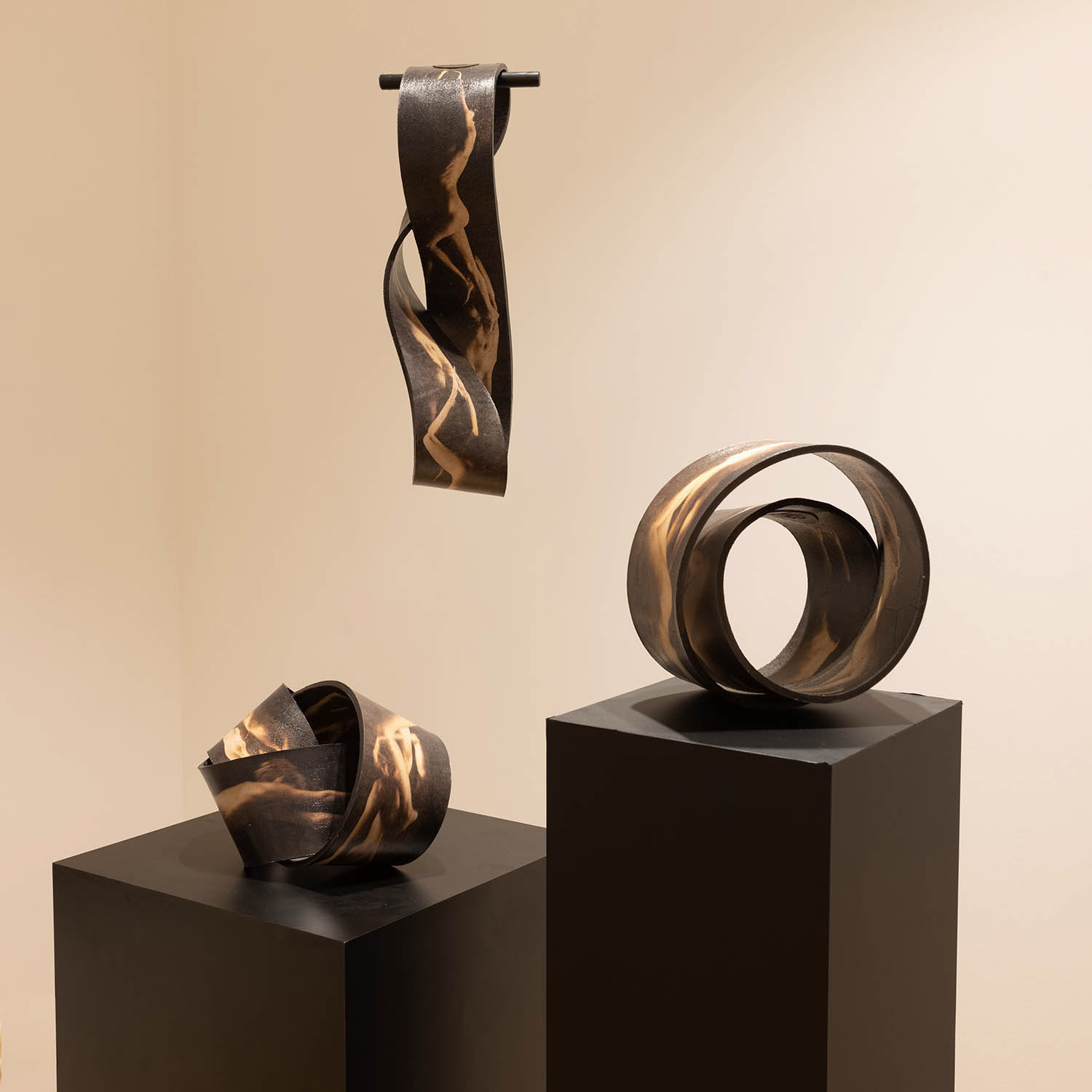
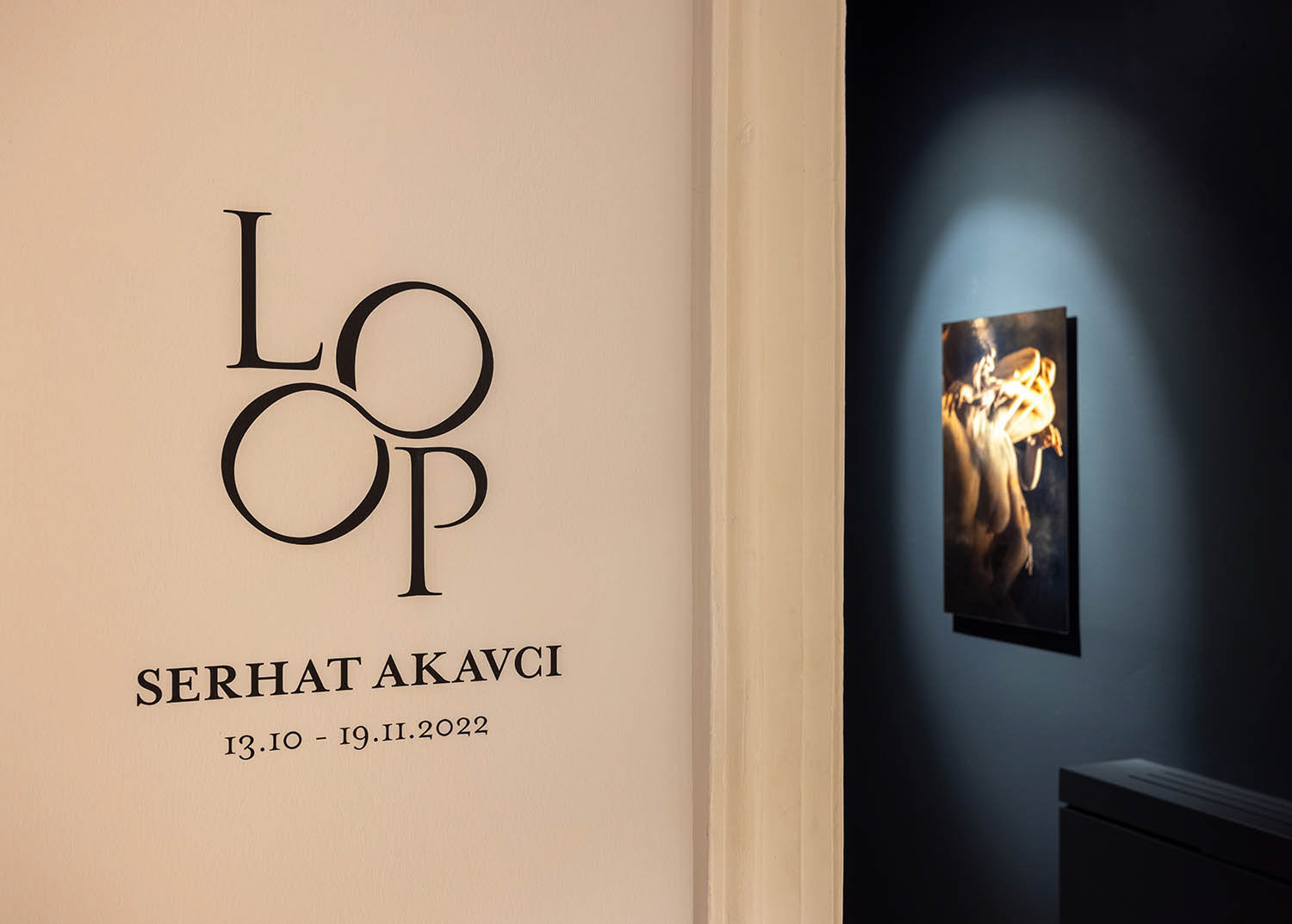
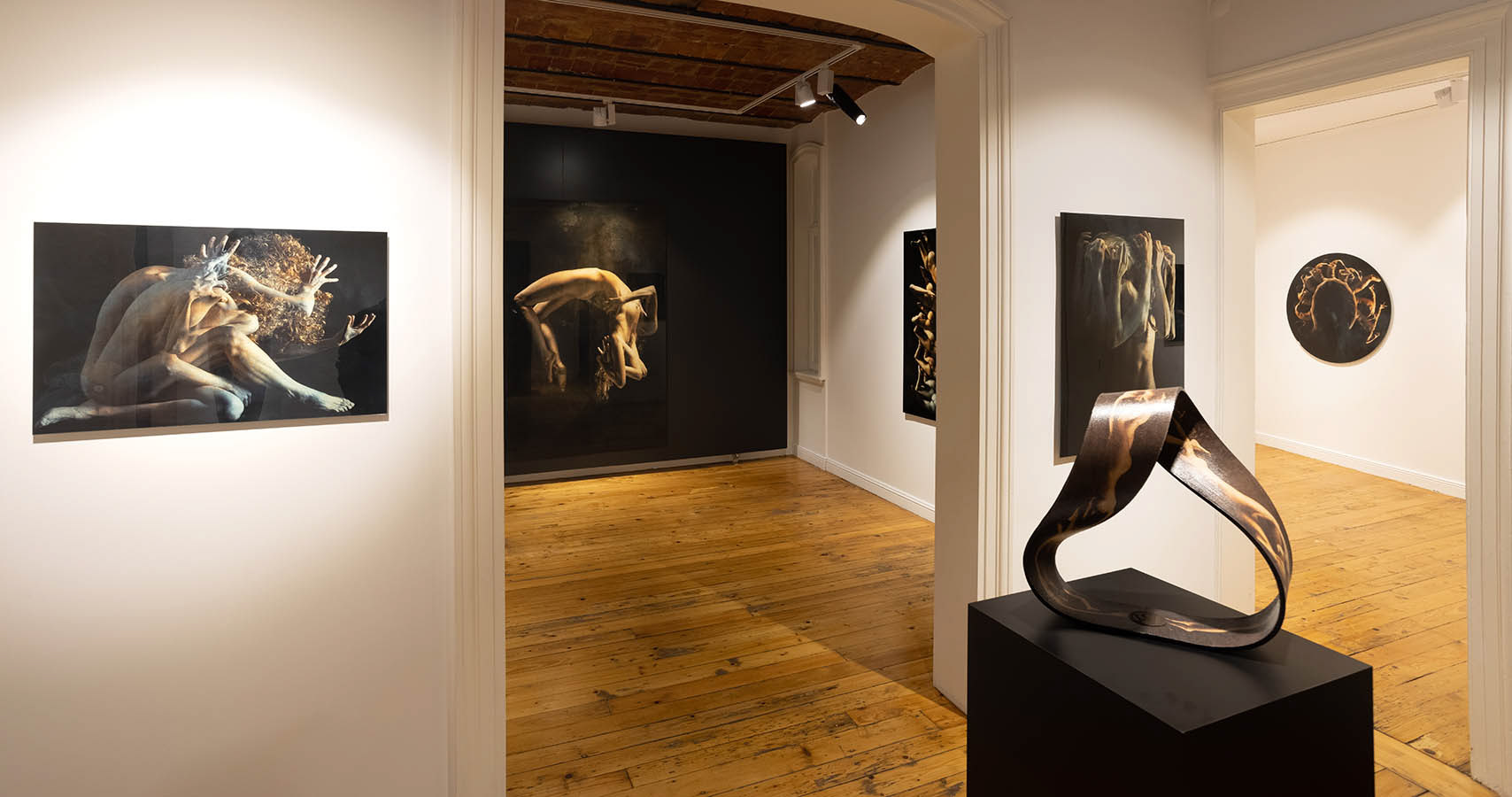

| LP016 | Photo sculpture, Digital printing on leather | Edition 1/1 |
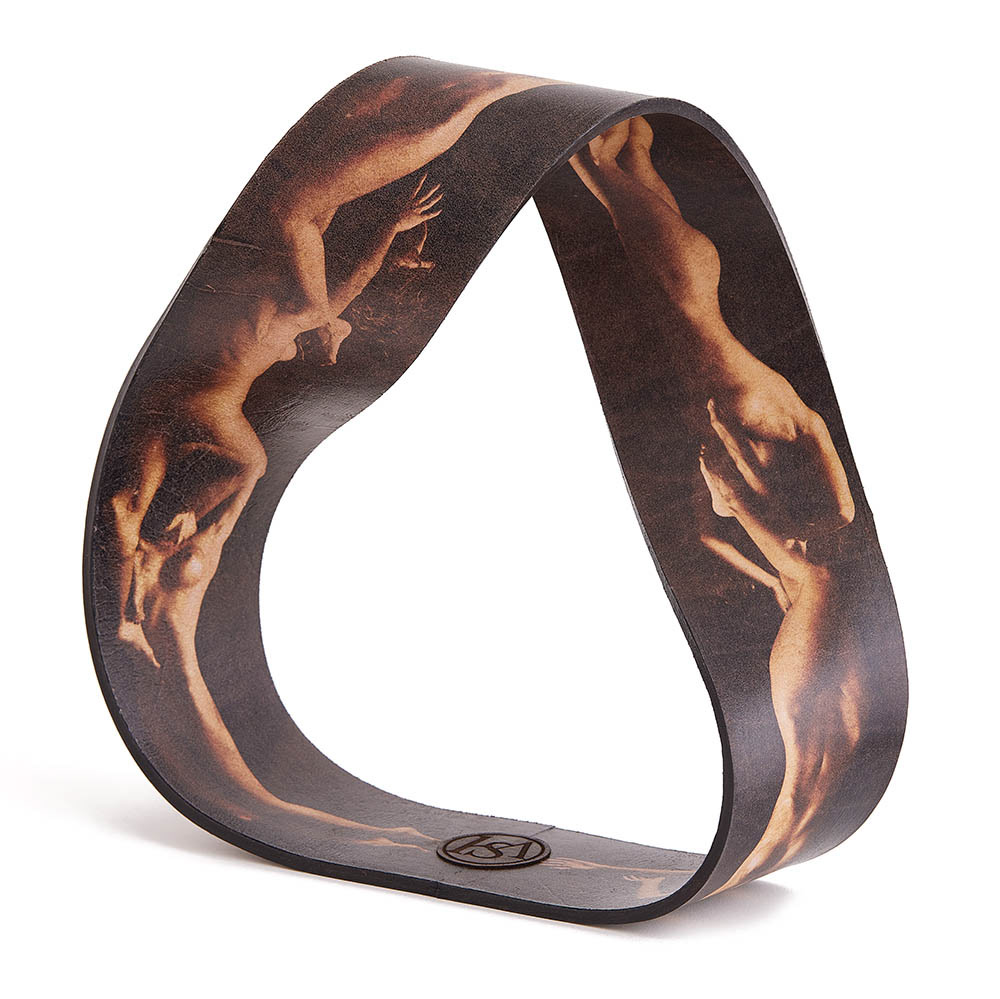
| LP035 | Photo sculpture, Digital printing on leather | Edition 1/1 |
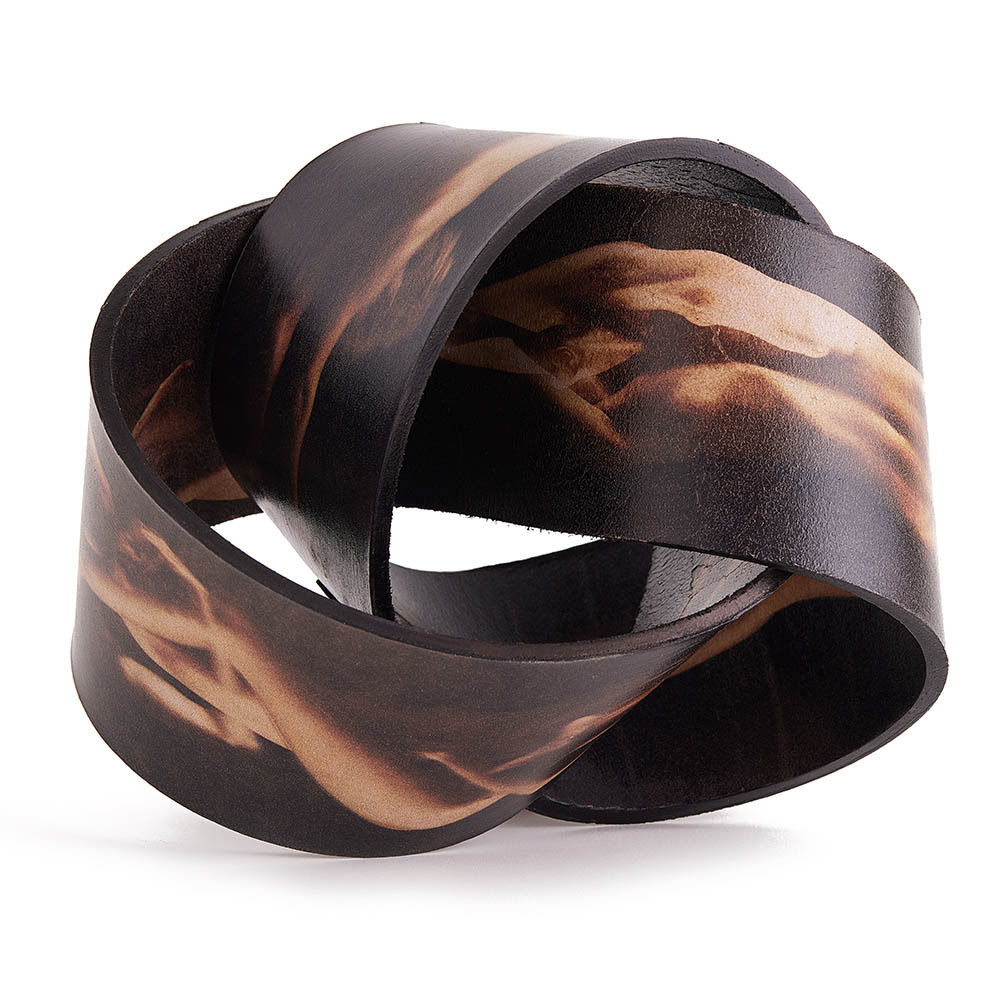
| LP040 | Photo sculpture, Digital printing on leather | Edition 1/1 |
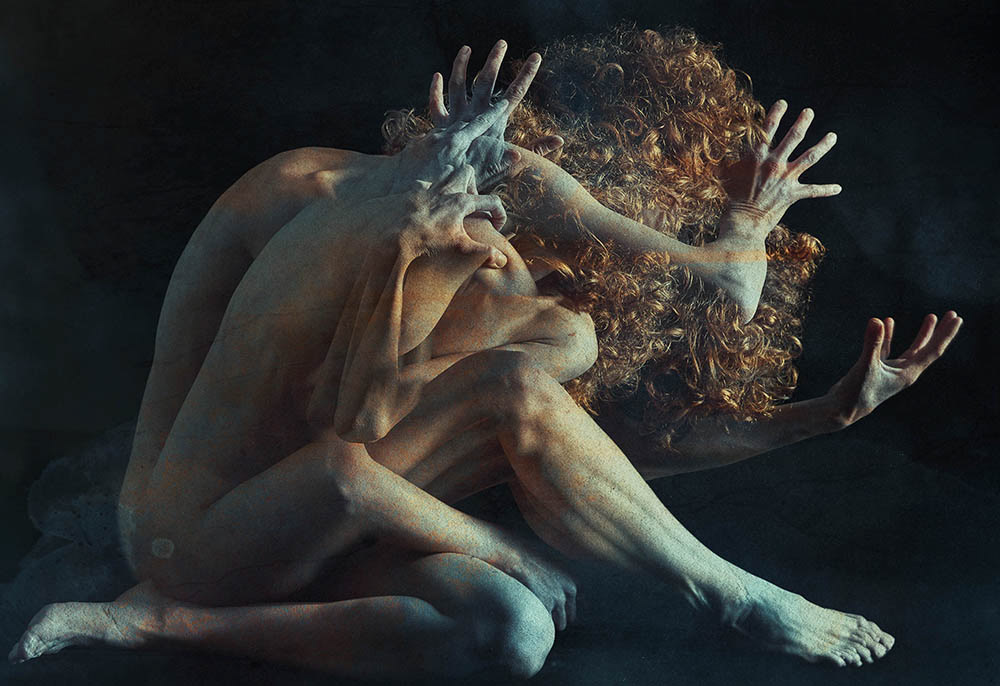
| LP019 | Photo based digital manipulation | Archival pigment print - Diasec | Edition 1 + 1 AP | 2022 |
